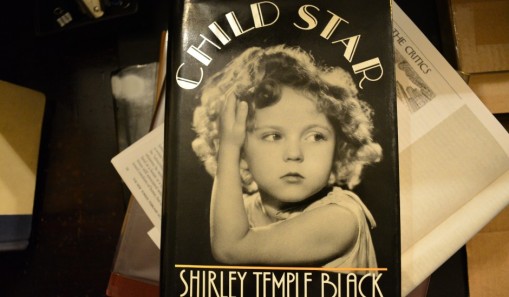
 Today (March 15) I joined many others to celebrate the life of Thomas Norman Turner, a newspaper man who spent his career at The Arizona Daily Star. He was a good friend and a talented colleague.
Today (March 15) I joined many others to celebrate the life of Thomas Norman Turner, a newspaper man who spent his career at The Arizona Daily Star. He was a good friend and a talented colleague.
His sons Mike and Kevin offered loving tributes as did the Star’s cartoonist David Fitzsimmons. They caught Tom’s spirit, his hearty laugh, exceptional talents for theater, writing and editing.
He was and will continue to be well-remembered.







Recent Comments